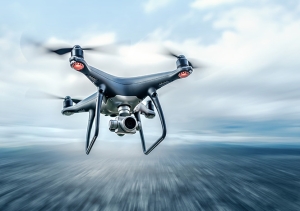
The role of AI in transport innovation.
From flying taxis, to drones for home delivery, swapping of electric batteries and security checks, to aircraft maintenance at airports. There are some of the innovations in the field of air mobility that could find concrete application in the short, medium and long term.
A market that does not currently exist but is destined to be central in the smart city of the future.
Making these technologies a reality, however, involves a long process of experimentation, as well as an understanding of economic, social and legislative dynamism.
The world of transport has been overwhelmed in recent years by three different innovative thrusts: the electric market, the connection between vehicles and the opportunities for autonomous driving. All these innovative thrusts have artificial intelligence as their technology. To design a future scenario, we can identify three main stages: to start, the use of drones will continue to be limited, such as airports, and for specific activities; secondly, their use could include the transport of objects to pass, finally, to the city transport of goods and people.
A “taxicopter” project is being tested and a prototype is available at Fiumicino Airport (Rome). Regular service, from the airport and the city center, could start in 2024.
The contribution published on AI 4Business describes the opportunities offered by urban air mobility which is no longer science fiction.
#AI #transports #transportoaereo #airmobility #droni #taxivolanti #smartcity #urbanairmobility










